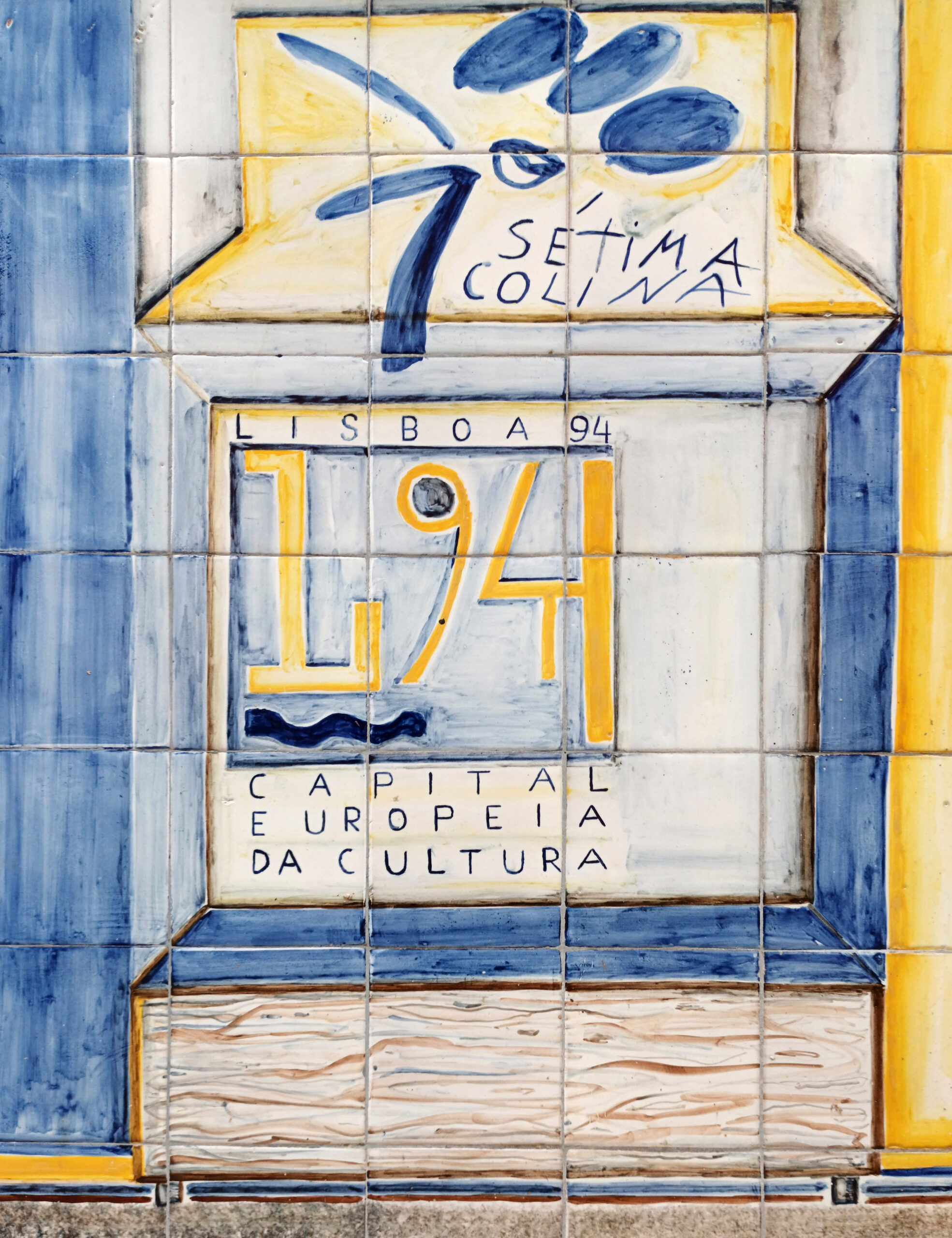A study examined the gender pay gap in the market for visual art in Germany using a more representative sample than previous studies, which focused on auction data from top artists. The study found that female artists earn less on average than male artists and are underrepresented in the highest income categories. Only around one-third of the pay gap can be explained by observable characteristics, suggesting the possibility of discrimination. The study suggests subsidising female art and extending public art sponsorship to mitigate the effects of risk and competition and increase the share of female artists in the top segment of earnings.
In a recent study (Marchenko and Sonnabend, 2022), we test the presence of a gender pay gap in the market for visual art in Germany. While almost all related studies (e.g., Cameron et al., 2019; Farrell et al., 2020; Bocart et al., 2021) use auction data from the top segment of artists, as a novel feature, we examine direct earnings from different sources in a more representative sample. Including a wide range of income categories allows us to significantly reduce a potential survival bias and, therefore, obtain more general results.
Specifically, our data comes from a self-administered survey conducted in 2016 by the Bund Bildender Künstlerinnen und Künstler (BKK, national association of visual artists), a professional representation of free-lance visual artists in Germany. Among other things, participants were asked about their income, education, demographics, art form, and market performance regarding works sold. As a result, around 85% out of the more than 1,300 individuals in our sample declared to be recognised by tax authorities as an artist, which, in Germany, is a formal process where free artists’ work needs to be proven.
Even though the survey does not report the exact income and uses eight income categories (from zero to more than 50,000 Euros) instead, the analysis of these categories allows us to explore the gaps in the direct earnings of the artists. On the contrary, auction data from secondary markets do not always reflect the financial status of the artists but can be interpreted as the buyer’s valuation of the artwork.
We note that a simple comparison of income distributions in the raw data already hints at revenue disparities between male and female artists. Compared to men, the share of female artists is always higher in the four lowest categories but lower in the three top income categories. Still, these disparities alone cannot be taken as proof of discrimination in the market, as there might be differences in variables associated with performance within the groups. Therefore, we also control for differences in characteristics such as education, artistic excellence, art field, and family. We find that gender remains a predictor for revenues: female artists, on average, generate fewer revenues from the art market and are underrepresented in the highest income categories. Women are also about ten percentage points less likely to remain in the highest income categories and belong to the top category throughout three years. Additionally, we find that females sell significantly less to the art market. As a direct consequence, we observe a higher engagement in teaching activities and a higher take-up of other income sources like financial support by the partner.
By decomposing the payment gaps, we show that we can explain only around one-third of the gap by differences in observable characteristics such as experience, education, art field, and geographic characteristics. Because of the sizeable unexplained part, we cannot rule out that (explicit or implicit) discrimination against female artists exists in the studied market. For instance, discrimination could relate to gatekeepers and taste-makers in the private market, like curators, dealers, and critics. Historically, access to education in general, art education in particular, and the art market were unequal for different genders, resulting in the stereotypical image of an artist as a white male. Even though more females are present in galleries nowadays, and some museums are putting additional efforts to introduce female artists of the past to the broader audience, the stereotypical image of a male artist persists. One possible explanation is that some market players may decide on a safe strategy for program selection. Aiming to attract more art consumers, they choose to sell and/or exhibit more known artists, most of whom are male.
Interestingly, we do not find gender inequalities when the public sector acts in the art market. Conditioned on artists’ characteristics, men and women are equally likely to sell to the public sector, where transparent anti-discrimination policies and guidelines accompany cultural sponsorship. This result supports the impression of discriminating behaviour in the private market. Therefore, actions on the private market should be a priority to close the overall gap.
Exploring the payment differences in the art market deeper, we observe that the disparity is more prominent for younger artists. When the artist is still unknown, the market will likely set the price for their work or decide about the purchase based on the expected valuation. Often, it will be determined by the average valuations and average sale volumes of similar artists known to the market. With the existing gender gap in sales and prices, such behaviour will result in further persistence of the gap due to statistical discrimination. Based on these observations, a first policy implication could be subsidising female art (e.g., by tax allowance) on the private market to incentivise the galleries to promote female artists and build their careers.
Another relevant aspect is gender differences in risk-taking and competitiveness, a phenomenon well documented in labour economics and other disciplines (e.g., Petrongolo, 2019). In essence, females are on average less willing to tolerate risks and enter competitive environments compared to men, also resulting in job sorting. Undoubtedly, the art market is characterised by a high degree of uncertainty about income perspective and contests for places in exhibitions, funding, and art prizes. Hence, one way to mitigate the adverse effects of risk and competition and to foster the share of females in the top segment of earnings is to extend public art sponsorship that guarantees fixed revenues to young artists.
References:
Bocart, F. Y., Gertsberg, M., and Pownall, R. A. (2021). An empirical analysis of price differences for male and female artists in the global art market. Journal of Cultural Economics, pages 1–23.
Cameron, L., Goetzmann, W. N., and Nozari, M. (2019). Art and gender: market bias or selection bias? Journal of Cultural Economics, 43(2):279–307.
Farrell, L., Fry, J. M., and Fry, T. R. (2020). Gender differences in hammer prices for Australian Indigenous art. Journal of Cultural Economics.
Marchenko, M. and Sonnabend, H. (2022). Artists’ labour market and gender: Evidence from german visual artists. Kyklos, 75(3):456–471.
Petrongolo, B. (2019). The gender gap in employment and wages. Nature Human Behaviour, 3(4):316––318.
About these articles:
Marchenko, M., & Sonnabend, H. (2022). Artists’ labour market and gender: Evidence from German visual artists. Kyklos, 75(3), 456-471.
About the author
Maria Marchenko is assistant professor at Vienna University of Economics and Business, Department of Economics
Hendrik Sonnabend is a postdoc at the department of economics and business administration at the University of Hagen






